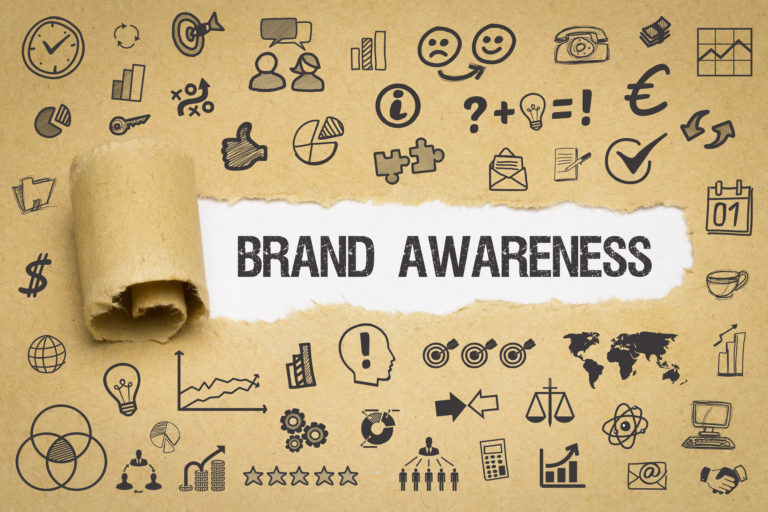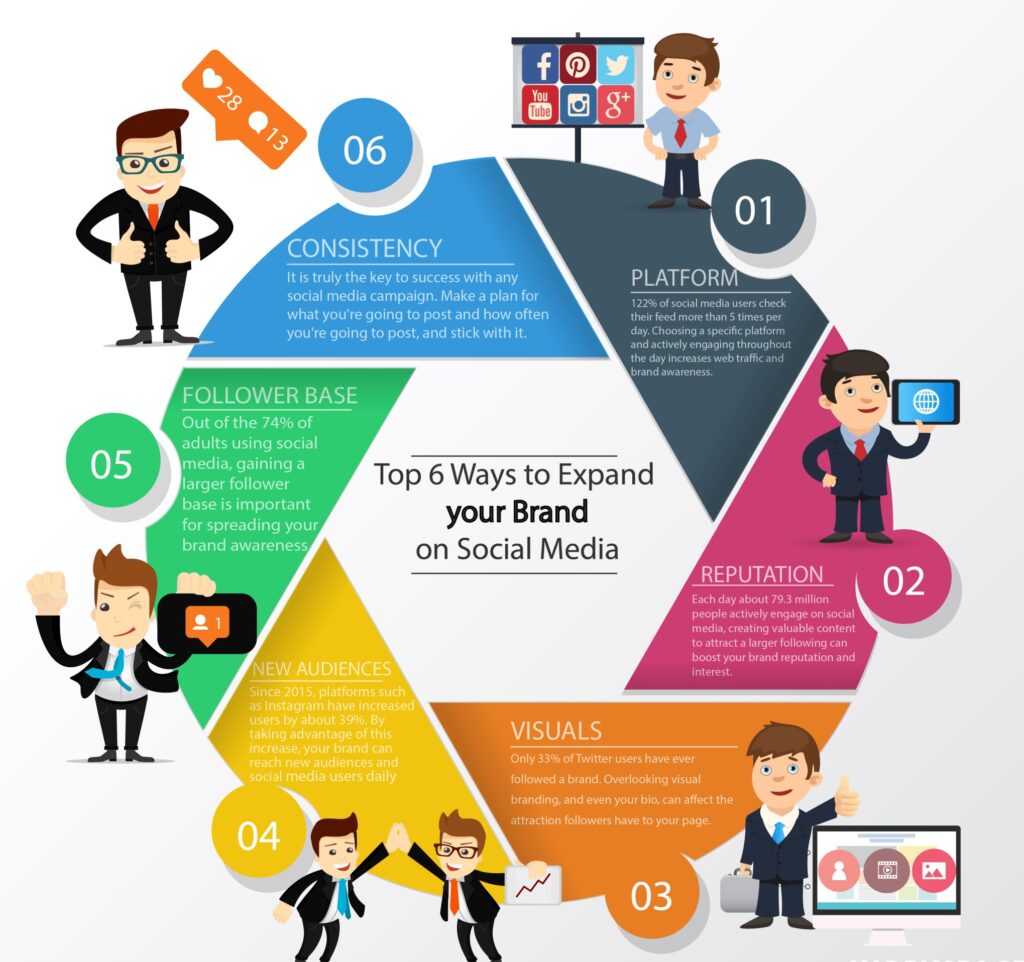The Importance of Brand Awareness
What is Brand Awareness?

Brand awareness is when people recognize and remember a brand. It shows how well they connect the brand with its products or values. Brand recognition is crucial because it affects how customers behave and what they buy.
There are two types of brand awareness. One is when people can identify a brand without any help. This shows that the brand is memorable. The other type is when people can recognize a brand with the help of things like logos, slogans, or jingles. This makes it easier for people to remember the brand.
Building brand awareness requires ongoing and focused marketing. This can include advertising, public relations, social media, and other promotions. These efforts aim to create a strong brand image, make the brand more visible, and engage with the target audience.
Brand awareness has many benefits for businesses. First, it helps the brand become known in the market, which makes it easier for people to consider the brand when they want to buy something. Second, it encourages customer loyalty. People tend to choose brands they trust. Positive word-of-mouth from happy customers can also increase brand awareness.
Measuring brand awareness can be challenging, but there are ways to do it. Surveys, focus groups, social media data, website visits, and search engine rankings can all help measure brand awareness. These measurements allow businesses to see how effective their marketing efforts are and make informed decisions about building their brand.
In summary, brand awareness is how well a brand is recognized and remembered by its target audience. It is important for branding and customer behavior. By consistently and strategically promoting their brand, businesses can gain more customers, keep them loyal, and build a positive brand reputation.
How to Start Brand Awareness?
-
Define your brand identity: Clarify your brand’s unique value proposition, mission, values, and personality. This will provide a solid foundation for your brand’s messaging and positioning.
-
Identify your target audience: Determine who your ideal customers are and understand their demographics, preferences, and needs. This knowledge will help you tailor your brand communication to effectively reach and resonate with them.
-
Create a compelling brand message: Develop a clear and concise message that conveys the essence of your brand and what sets it apart from competitors. Your message should be memorable, easy to understand, and align with your target audience’s interests and aspirations.
-
Design a strong visual identity: Craft a visually appealing and cohesive brand identity that includes a logo, color palette, typography, and other visual elements. Consistency in your brand’s visual representation across various platforms helps build recognition and reinforce brand awareness.
-
Establish an online presence: Build a website that reflects your brand’s identity and provides valuable information to visitors. Utilize social media platforms relevant to your target audience to engage with them, share content, and increase visibility. Regularly update your online channels to stay active and maintain brand consistency.
-
Develop content marketing strategies: Create valuable and relevant content that aligns with your brand and resonates with your target audience. Publish blog posts, articles, videos, or podcasts that educate, entertain, or solve problems for your audience. Share this content across your website, social media, and other relevant platforms to increase brand visibility and attract potential customers.
-
Utilize influencer marketing: Collaborate with influencers or industry experts who have a strong following and influence among your target audience. This can help amplify your brand’s reach and credibility, as well as generate more brand awareness through their endorsement and promotion.
-
Engage with your audience: Actively participate in conversations and discussions related to your industry or niche. Respond to comments, messages, and reviews from customers and potential customers. Show genuine interest, provide helpful information, and build relationships with your audience. Positive interactions can enhance brand reputation and encourage word-of-mouth referrals.
-
Leverage public relations: Seek opportunities to be featured in relevant media outlets, such as newspapers, magazines, podcasts, or online publications. Press releases, media pitches, and partnerships can help generate media coverage, increasing brand visibility and credibility.
-
Monitor and measure brand awareness: Utilize analytics tools to track the effectiveness of your brand awareness efforts. Monitor website traffic, social media engagement, brand mentions, and customer feedback. This data will help you understand what strategies are working and make necessary adjustments to optimize your brand awareness campaigns.
Brand Awareness Strategies
There are various effective strategies to enhance brand awareness. Here are some key ones:
Information Marketing: Provide useful, engaging, and entertaining information to attract and educate your target audience. Showcase your knowledge, solve client trouble areas, and develop brand awareness using blog entries, articles, videos, infographics, and social media.
Social Media Marketing: Reach your audience on Facebook, Instagram, Twitter, LinkedIn, and YouTube. To increase brand reach, create compelling content, connect with followers, host competitions or giveaways, and work with influencers.
Influencer Partnerships: Work with industry professionals or influencers who reach your target audience. Sponsored postings, reviews, and endorsements boost company exposure and trustworthiness.
SEO: Optimize your website and content for search engines. Optimize meta tags, research keywords, build backlinks, and make your website mobile-friendly. Search visibility boosts brand exposure.
Paid advertising: Targeted search engine and social media adverts. To boost brand awareness and website traffic, define your audience, establish targets, and design engaging ads.
Public Relations: Network with journalists, bloggers, and media sources to get attention. Submit press releases, guest pieces, or story ideas to relevant outlets. Positive media coverage increases brand recognition and credibility.
Brand Partnerships: Cross-promote complementing brands. Co-branded events, marketing efforts, and content may increase brand exposure and reach new consumers.
Attend business conferences and trade exhibits—sponsor community events. Face-to-face interactions build brand loyalty and personal ties.
User-Generated Content: Encourage consumers to develop and share brand-related content. Run social media competitions, post-consumer testimonials, or request feedback. UGC creates original material and brand promotion.
Brand Consistency: Maintain brand message, visual identity, and customer experience across touchpoints: website, social media, packaging, customer service, and advertising. Consistency promotes brand awareness over time.



